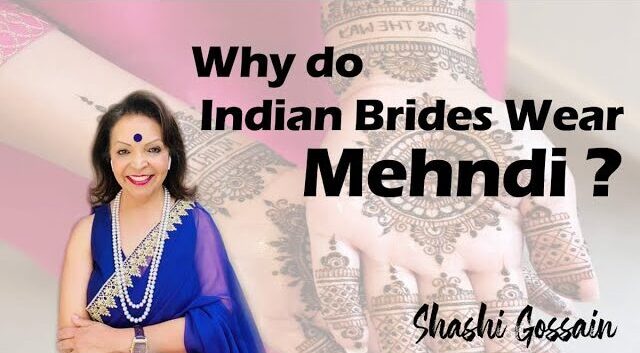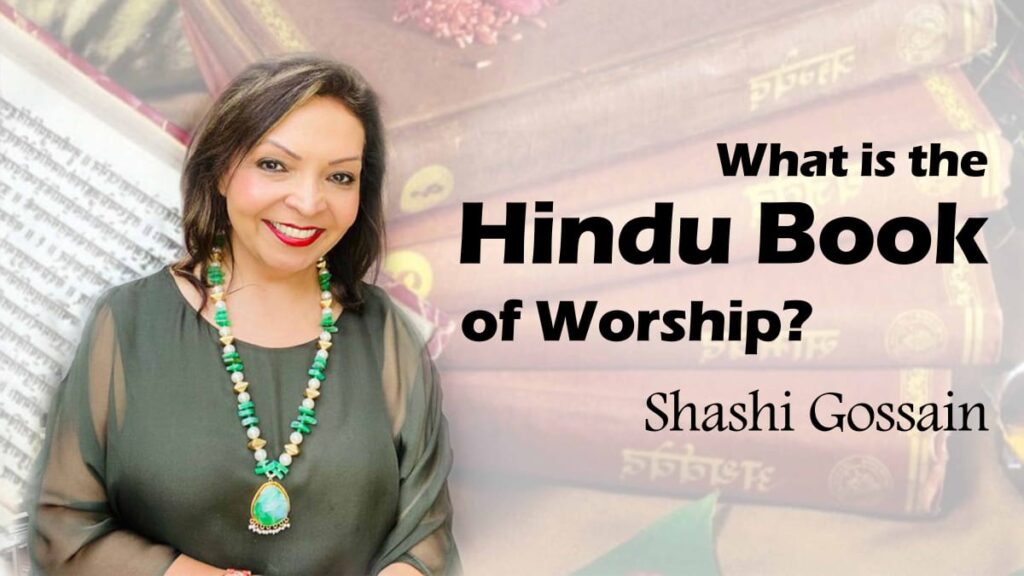Hinduism dates more than 5,000 years, with Ayurveda books, where many herbs used for medicinal properties were documented over 3,000 years ago.
What Mehndi means?
The word ‘mehndi’ is derived from a Sanskrit word, ‘mendhika,’ which means henna plant.
It is a myth that henna was brought to India by the Moghuls, as the herb was in use during Vedic times.
Even Hindu Gods and Goddesses are seen to adorn Mehndi designs. A large dot in the centre of the hand, with four smaller dots at the sides, is an often seen on the palms of Lord Ganesha & Goddess Lakshmi.
The romance of the Mehndi has been picturised in many Bollywood movies eg. Dilwale dulhaniya le jaayenge, Taal etc.
So What’s so special about Mehndi?
Mehndi (Lawsonia inermis) is a small tropical shrub, whose leaves when dried and ground into a paste.
The Henna plant leaves contain lawsone, which binds with the keratin in the skin & hair cuticle, coating with a temporary reddish-brown stain that lasted about 2 weeks.
The color was found to deepen over a few days, due to the lawsone binding to deeper keratin in the skin. This was progressively used as body decoration. Intricate designs were mastered.
- Florals represented happiness & joy
- Vines & leaves: devotion & vitality
- Dragonflies & butterflies: change & rebirth
Why is Mehndi used in weddings?
Mehndi became very popular with the rich & poor as it signified positive spirits and good luck.
Today, Henna is mainly applied during celebrations of special occasions such as weddings & festivals.
The night before the wedding, The Mehndi ceremony is organized by the Bride’s family.
It is considered the most auspicious occasion during wedding celebrations. An experienced Henna artist is usually invited to apply the mehndi.
Normally female members of the family, together with the bride’s friends are invited, while male members arrive later to partake in the joyous festivities.
Modern Indian Weddings have adopted a new tradition of adding song and dance to the traditional Mehndi Ceremony. Family members will join together and perform choreographed dances for the Bride and later bring the Bride to the dance floor to celebrate her upcoming wedding.
The Henna paste symbolizes good health and prosperity in marriage, and in some cultures, the darker the henna stain, the deeper the love between two individuals.
Since Mehndi was found to have cooling & calming properties, it was applied to brides & grooms to reduce the stress of the wedding functions.
A playful trick is invoked where the bride’s design on her palms includes the groom’s name.
It’s believed, if the groom fails to find his name within the intricate patterns, the bride will be more dominant in conjugal life.
Sometimes the wedding night is not allowed to commence until the groom has found his name.
This is also a ploy to let the groom touch the bride’s hands to find his name, thus initiating a physical relationship.
Another superstition regarding Mehndi is that if an unmarried girl receives scrapings of Mehndi leaves from a bride, she will soon find a suitable match.
How do you apply henna to your hands?
The Mehndi paste is prepared by powdering dried leaves and mixing it with water.
The paste is then squeezed through the tip of a cone to draw patterns on the skin.
The ‘designs’ are then allowed to dry for 3-4 hours until it becomes hard and crusted.
After it dries, the crusty remains of the paste are washed off. The skin is left with a dark rusty red imprint, which stays for weeks.
Is Mehndi henna safe?
Henna is considered very safe, with rare side effects such as inflammation of the skin, including redness, itching, burning, swelling, scaling, broken skin, blisters, and scarring of the skin.
On extremely rare occasions, wheezing & asthma were recorded.
Beware of black henna, which contains chemicals to give a darker colour, but severe burns have been associated with it.
How many countries use henna?
The introduction of Mehndi into the Euro-American culture is a recent phenomenon.
Today Mehndi, as a trendy alternative to tattoos, is an in-thing in the West.
Hollywood actors and celebrities have made this painless art of body painting famous.
Actress Demi Moore, Madonna, Liv Tyler, Angela Bassett etc. are often seen wearing the Henna. Glossy magazines, like Vanity Fair, Harper’s Bazaar & Cosmopolitan have spread the Mehndi trend even further.
Prestigious London stores e.g. Selfridges have special Henna bar by Pavan, where ladies sit for many hours to get the best henna designs applied.
UK’s famous Henna artists, namely Ash Kumar & Pavan have been quoted in the Guinness Book of records as the fastest Henna Artists.




Brawo tak trzymać. Widać, że dbasz o merytoryczne wpisy na Twoim blogu, Dzięki i zapraszam do siebie…